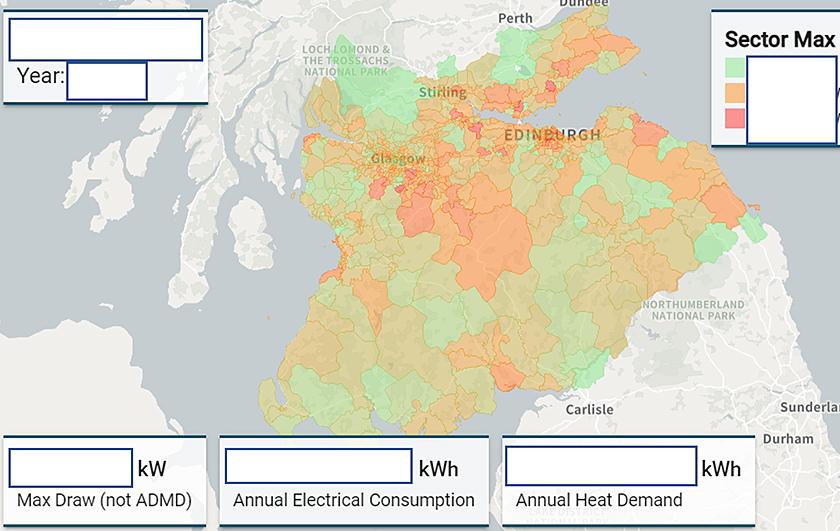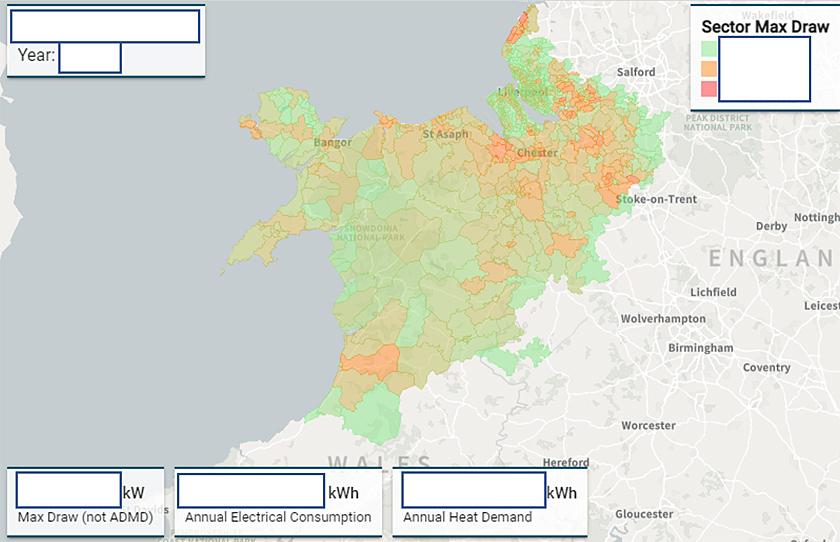About the Project
Heat-Up is one of our Network Innovation Allowance (NIA) projects which will enable us to develop evidence of the impact of heat pump domestic retrofits on our electricity network in Scotland, England and Wales.
This project utilises the same platform and a similar methodology to the recently completed EV-Up (Electric Vehicle Uptake Modelling) project which provided us with an understanding of our customers’ liklihood to transition to electric vehicle use. By combining each household’s ability to park off street with key demographic information such as age profile and economic activity, we were able to model how increased electric vehicle uptake will affect our network both now in the future.
Heat-Up will develop a property fabric assessment methodology to deliver data on expected peak heat demand and sizing of heat pumps across the entire SP Energy Networks area. The model will be granular down to a property by property level for varying quality of property energy efficiency retrofit and hybrid heat pump characteristics.
Heat-Up will also be used to analyse the peak electricity network demand generated by heat pumps. This will be informed by published research and, where possible, engagement with device manufactures to convert this peak household demand from the model into diversity adjusted demand at all voltage levels for SP Energy Networks.
Benefits for the Customers & SP Energy Networks
A significant increase in the visibility of low carbon technology uptake allows SP Energy Networks to overlay this information with our network and quantify what effect it will have and where reinforcement solutions are required.
Heat-Up will enable us to optimise resources and complete work in large targeted areas as opposed to individual properties. This is financially beneficial for both our customers and our business.

On average, customer installations will be facilitated much more quickly as any network reinforcement required will be completed ahead of need.
The outputs from Heat-Up will also be of use to governments and local authorities as the model will outline the scale of the task and level of investment required to meet their targets in this area. This will enable them to ensure legislation in relation to heat is as appropriate and effective as possible.
The model may also be used by other distribution network operators (DNOs) to improve their understanding of the impact of decarbonisation of heat on their networks. This will be highlighted at a series of dissemination events.
Example Outputs
Below is an example output from the model demonstrating where in this particular run additional heat demand is expected in future. The red areas are likely to be those areas that will need reinforcement solutions. Figure is for demonstration purposes only and does not represent true implementation areas.

